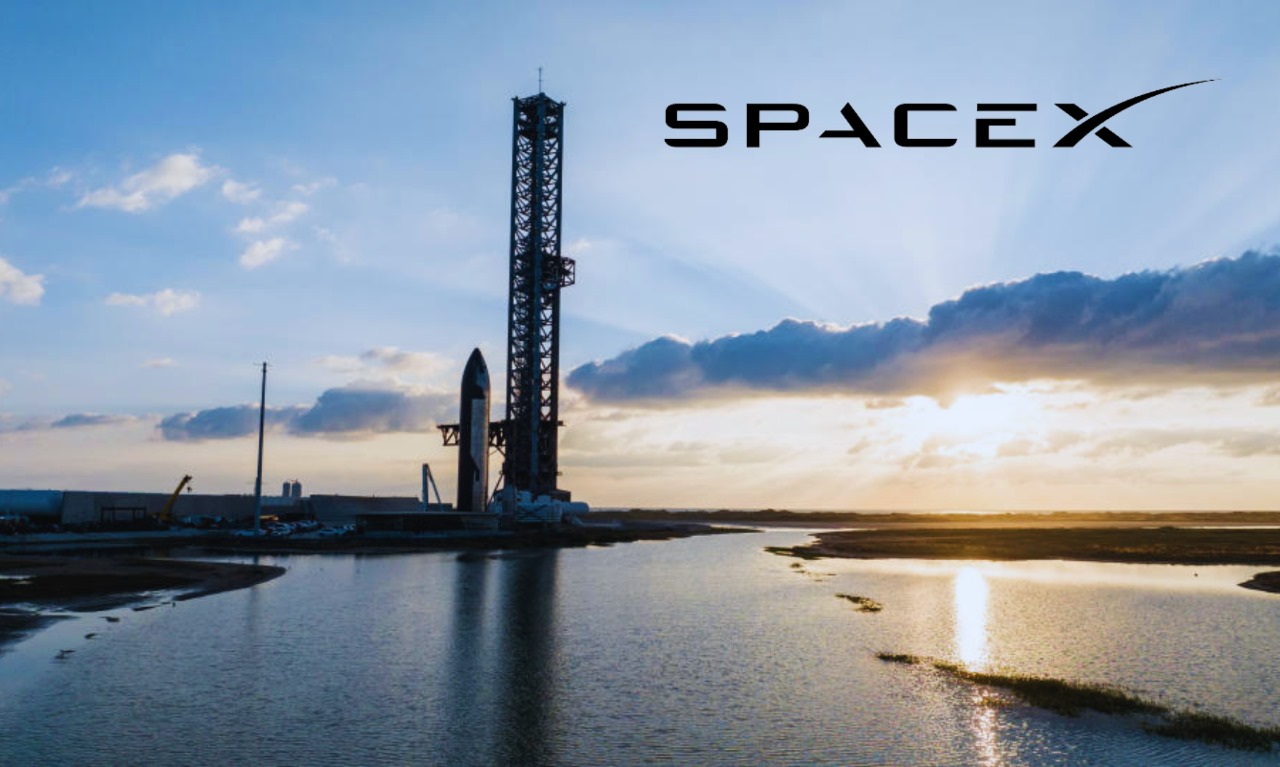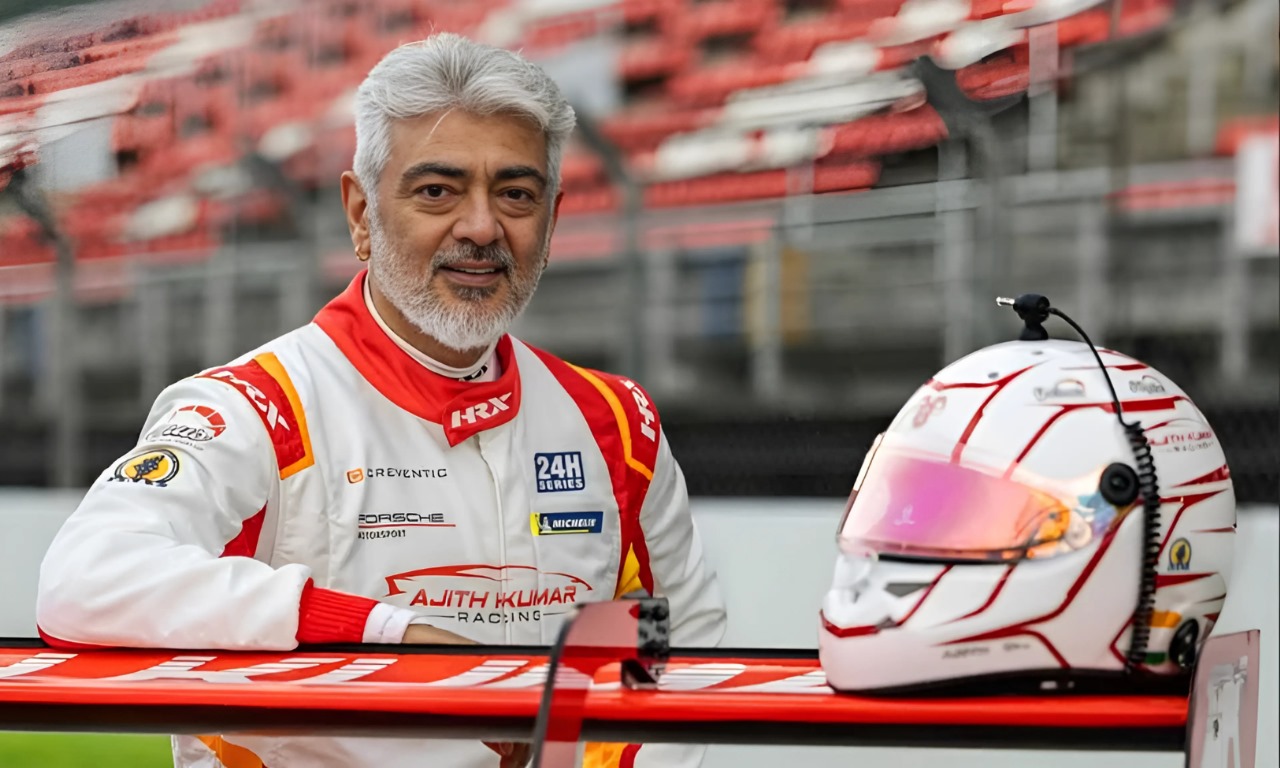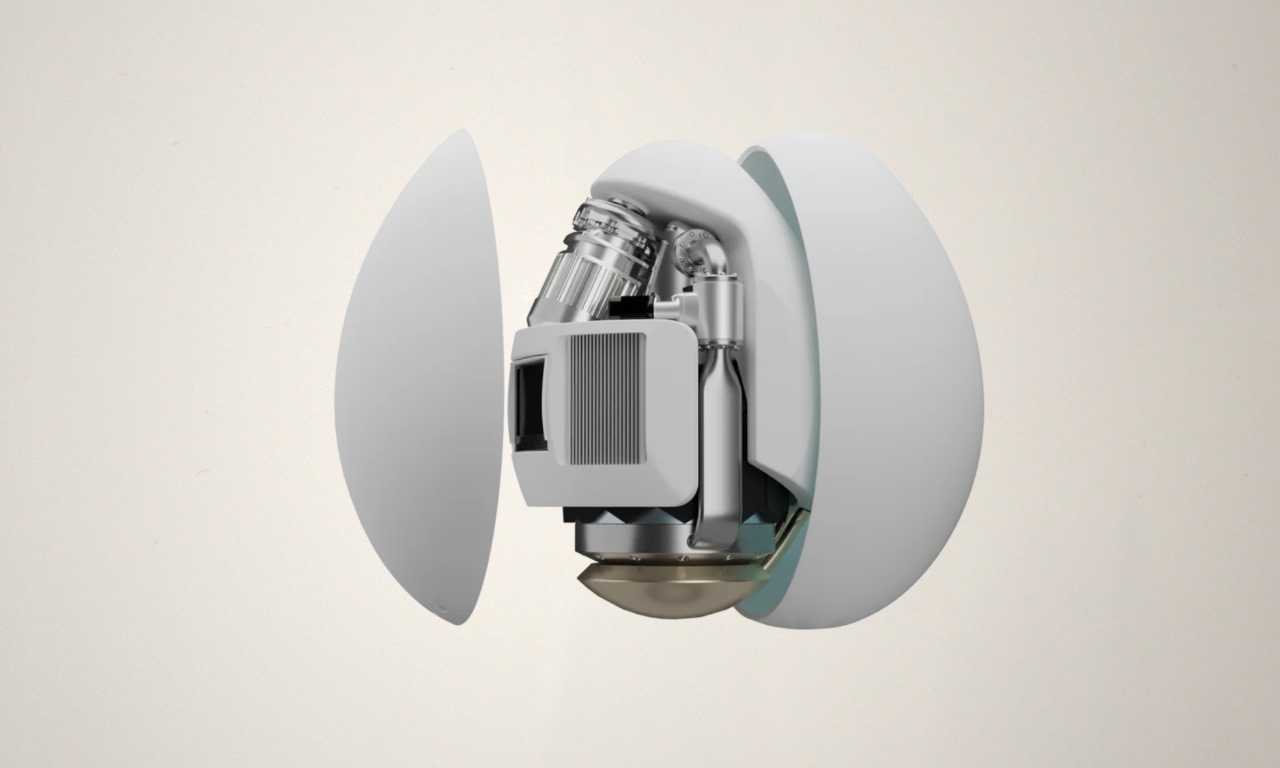SpaceX Starship Sixth Test Flight: Triumph in Liftoff, Trial in Landing

SpaceX’s highly anticipated sixth test flight of its Starship system took place on Wednesday morning, marking another significant step in the company’s quest to revolutionize space travel.
The launch, however, encountered an unexpected development when the Super Heavy booster failed to return to its designated landing arms, instead making a controlled splashdown in the Gulf of Mexico, followed by an explosion.
The mission began at 3:30 am IST from SpaceX’s Starbase facility in South Texas. The early stages of the test unfolded smoothly, with a successful liftoff and stage separation, as the Super Heavy booster and the Starship upper stage parted ways.
Despite the initial success, the booster, referred to as Booster 13, deviated from its intended aerial recovery plan, leading to a water landing. While the mission had aimed to execute the first-ever mid-air catch using the tower’s “chopstick” arms, the booster tipped over after its splashdown and exploded upon contact with the water.
SpaceX later confirmed the anomaly during the booster’s return sequence. According to a livestream update, the Super Heavy performed exceptionally well during its ascent, but an issue arose during its descent, preventing the targeted recovery. The company is now analyzing flight data to identify what went wrong and implement improvements in subsequent attempts.
Achievements Amid the Setback
Despite the complications with the Super Heavy booster, the mission achieved several important objectives. After separation, the Starship upper stage continued its planned trajectory.
The spacecraft carried out critical heat shield experiments to test its resilience during reentry and completed a controlled splashdown in the Indian Ocean approximately 65 minutes after launch.
This marks the second consecutive successful water landing for the Starship upper stage, a significant milestone in SpaceX’s iterative development process. Elon Musk’s team remains committed to rapidly refining the Starship system, with lessons from each test flight guiding enhancements for future missions.
SpaceX celebrated the progress on social media, announcing:
“Splashdown confirmed! Congratulations to the entire SpaceX team on an exciting sixth flight test of Starship!”
Testing Starship for Lunar Missions
This test flight plays a pivotal role in SpaceX’s broader goals, particularly its collaboration with NASA on the Artemis programme. The Starship system is set to serve as a lunar lander for Artemis missions, with the aim of returning astronauts to the Moon by 2026.
Future flights will involve complex docking maneuvers and in-orbit refueling, enabling extended lunar exploration and paving the way for deeper space missions, including a potential Mars landing.
NASA Administrator Bill Nelson highlighted the importance of the test, writing on X (formerly Twitter):
“Congrats to SpaceX on Starship’s sixth test flight. Exciting to see the Raptor engine restart in space—major progress towards orbital flight. Starship’s success is Artemis’ success. Together, we will return humanity to the Moon and set our sights on Mars.”
During the mission, SpaceX also tested Starship’s capabilities under extreme conditions. The spacecraft was operated with reduced protective shielding, and its flaps were pushed to their structural limits during reentry. These measures were designed to evaluate the vehicle’s resilience and readiness for future high-stress scenarios.
A Shift in Landing Strategy
The nearly 400-foot-tall Starship system is composed of two main components: the Starship upper stage and the Super Heavy booster, powered by Raptor engines. For this flight, SpaceX had initially planned a precision landing for the Super Heavy booster on the launch tower arms, also known as “Mechazilla.”
However, due to unfavorable conditions during descent, SpaceX opted for a controlled splashdown in the Gulf of Mexico instead. The decision underscores the company’s commitment to prioritizing safety and learning from every outcome, even those that diverge from initial plans.
Kate Tice, a SpaceX engineer, underscored the value of testing under real-world conditions, stating:
“Turns out the vehicle had more capability than our calculations predicted, and that is why we test like we fly.”
Looking Ahead to Future Milestones
The achievements of this test flight mark another step toward realizing the Starship system’s potential as a fully reusable spacecraft. SpaceX has plans for longer-duration test flights and in-orbit propellant transfer demonstrations in 2025, both of which will be critical for the Artemis III mission.
These advancements are essential for enabling sustainable human exploration of the Moon and beyond.
As SpaceX continues refining its designs, the space industry closely watches the company’s progress. Starship represents a revolutionary leap in space travel, with the promise of significantly reducing the cost of launching payloads and people into orbit.









